At Hong Kong Department Store, savour local design and the city’s forgotten crafts
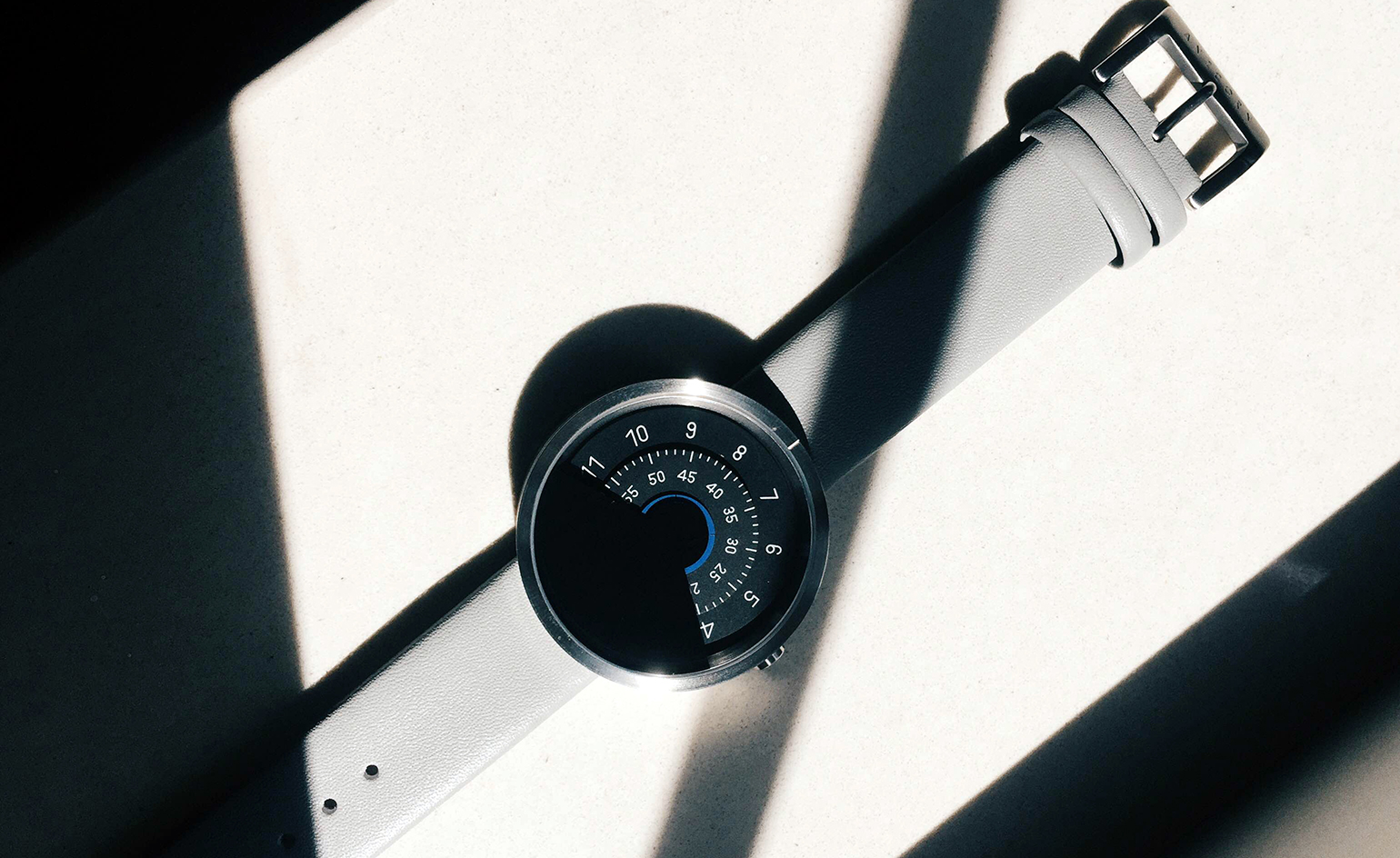
Under the watchful eye of reform-minded Governor during the 1970s, Hong Kong – then still a British colony – was booming as a global manufacturing hub, exporting well-designed, high-quality goods. A decade later, the industry began to move northwards to mainland China and artisans were left behind with empty factories. Today, a new generation of designers is asking: what is Hong Kong design now, and how can we revive the concept of ‘Made in Hong Kong’?
To wit, Gallery 27 and Studio Miro's recently launched concept Hong Kong Department Store answers precisely that, with the first of a long-awaited exhibition series showcasing local design talents and the oft-overlooked craftsmanship rooted in the city.
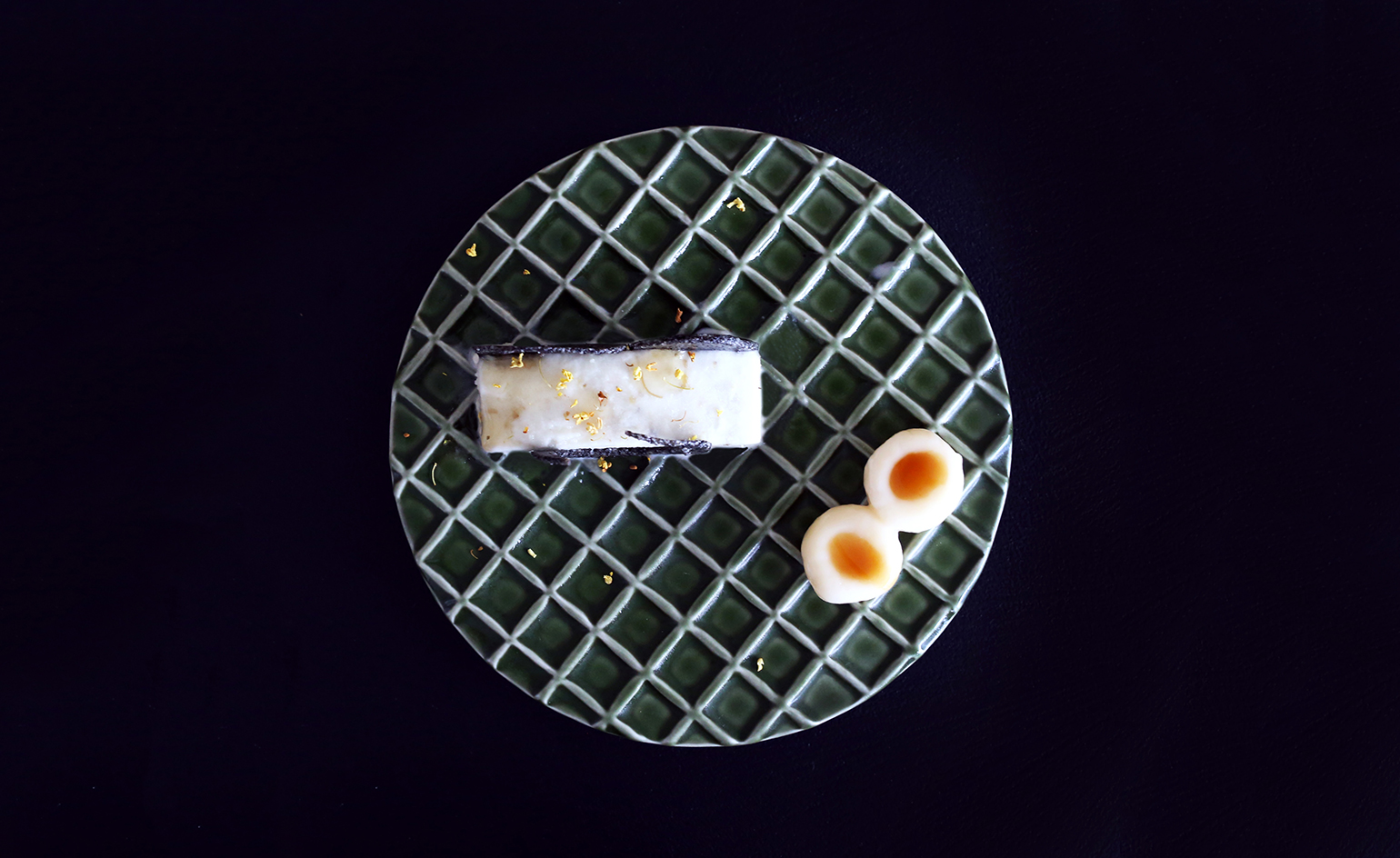
Ceramics artist Niko Leung's tableware made the perfect pairing with chef Gee Wong's creations
Among the 14 participating designers and brands was independent watchmaker Anicorn, which first found success with a timepiece crowdfunded on Kickstarter. Anicorn was founded by graphic designer Joe Kwan and his partner Chris Chan, who comes from a watch-making family. The duo add a contemporary spin to the city's watch manufacturing heydey with a refreshed modern design language. Taking pride of place at the exhibition – which popped up for two days only – was a set of four giant shelving systems designed by Studio Miro. Made of galvanised-steel – a material typically found in older parts of Hong Kong – it captured the spirit of the show, with each shape representing a Chinese character which together spelled out 'Hong Kong Department Store'.
Studio Miro co-founder Michael Leung, meanwhile, invited ceramics artist Niko Leung (and fellow Design Academy Eindhoven student) and raw food chef Gee Wong for a delicately sumptuous collaboration. Leung had spent a month in Arita, Japan, during the summer, experimenting with techniques and working with local clay, and molding a collection of tableware inspired by Wong’s creations for a unique dining experience.
Elsewhere, Moon Laboratory – a brand exploring the relationship between objects, aromas and space – worked with perfumer Jodie Chan to create six scents inspired by Hong Kong city life, presented in the form of scented candles and crystals. A special-edition container made from recycled metal parts from rice cookers was realised by upcycle designer Kevin Cheung. Little Jadeite is a brand created by product designer Eddie Tam together with his father, one of the last artisans in Hong Kong still working in jade. Their jewellery collection combines traditional artisan making with modern metalwork to give a new future to this dying craft.
Design and craftsmanship – both things that take time to nurture – seem counterintuitive to the values of a city notorious for its fast pace of life. ‘There are a lot of talents among our generation but there has not yet been a platform originating in the city to showcase the quality and thinking of this group of local makers,’ says Leung. Hong Kong Department Store could just be the springboard that these designers need.
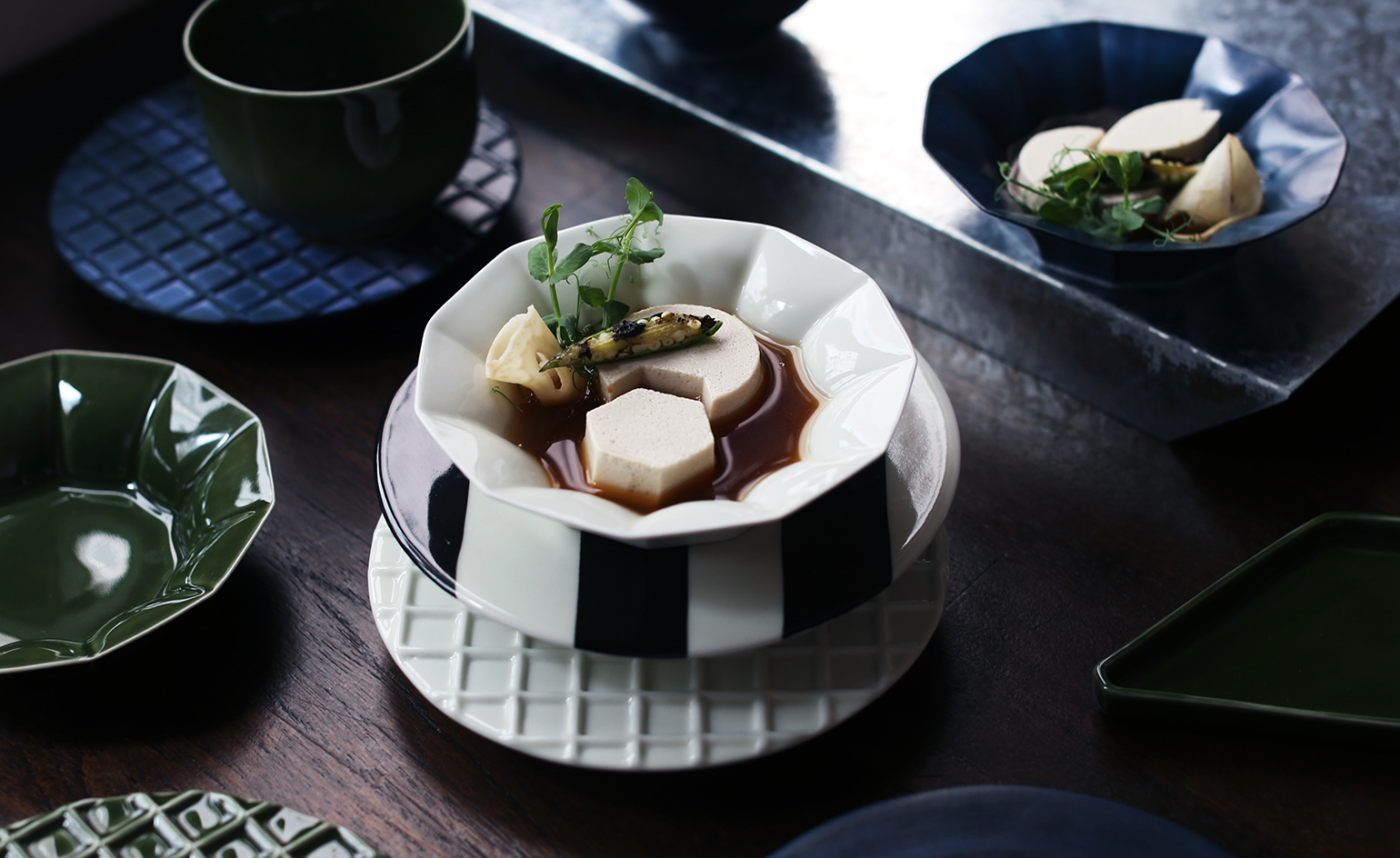
For Studio Miro’s Design EAT project, ceramics artist Niko Leung spent a month in Arita...
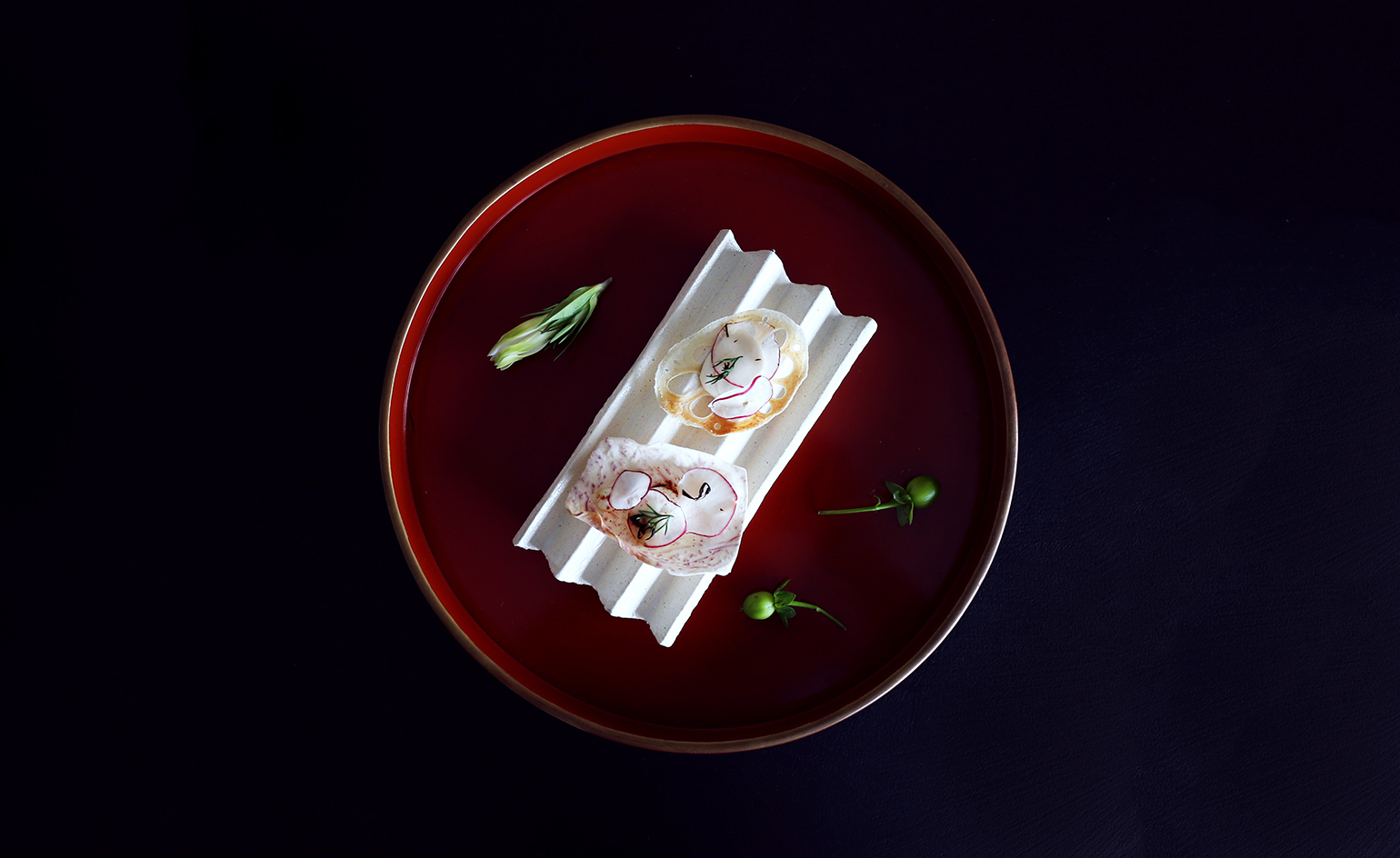
...crafting a series of tableware at Kouraku Kiln

Moon Laboratory launched its first collection in Hong Kong Department Store, a series of scents inspired by the city’s life – going from its business hub to the mountains and beaches

A set of four giant shelving systems, designed by Studio Miro and made of galvanised-steel – a material typically found in the older parts of Hong Kong – symbolises the spirit of the exhibition
Receive our daily digest of inspiration, escapism and design stories from around the world direct to your inbox.
Yoko Choy is the China editor at Wallpaper* magazine, where she has contributed for over a decade. Her work has also been featured in numerous Chinese and international publications. As a creative and communications consultant, Yoko has worked with renowned institutions such as Art Basel and Beijing Design Week, as well as brands such as Hermès and Assouline. With dual bases in Hong Kong and Amsterdam, Yoko is an active participant in design awards judging panels and conferences, where she shares her mission of promoting cross-cultural exchange and translating insights from both the Eastern and Western worlds into a common creative language. Yoko is currently working on several exciting projects, including a sustainable lifestyle concept and a book on Chinese contemporary design.
-
 Arbour House is a north London home that lies low but punches high
Arbour House is a north London home that lies low but punches highArbour House by Andrei Saltykov is a low-lying Crouch End home with a striking roof structure that sets it apart
-
 25 of the best beauty launches of 2025, from transformative skincare to offbeat scents
25 of the best beauty launches of 2025, from transformative skincare to offbeat scentsWallpaper* beauty editor Mary Cleary selects her beauty highlights of the year, spanning skincare, fragrance, hair and body care, make-up and wellness
-
 This cult Los Angeles pop-up restaurant now has a permanent address
This cult Los Angeles pop-up restaurant now has a permanent addressChef Brian Baik’s Corridor 109 makes its permanent debut in Melrose Hill. No surprise, it's now one of the hardest tables in town to book
-
 New global design destination House of Wang opens in Beijing
New global design destination House of Wang opens in BeijingA new retail destination offering a curated edit of the best contemporary design opens its doors within a historical setting
-
 Plywood pavilion transforms into 410 furniture pieces
Plywood pavilion transforms into 410 furniture piecesIn Fuqing, a small rural community in China, 410 plywood tables and chairs have been constructed from Furniture Pavilion S, an architect-built exhibition space, giving a new lease of life to this temporary structure
-
 Meet the next generation of creative forces reshaping Chinese design topography
Meet the next generation of creative forces reshaping Chinese design topography -
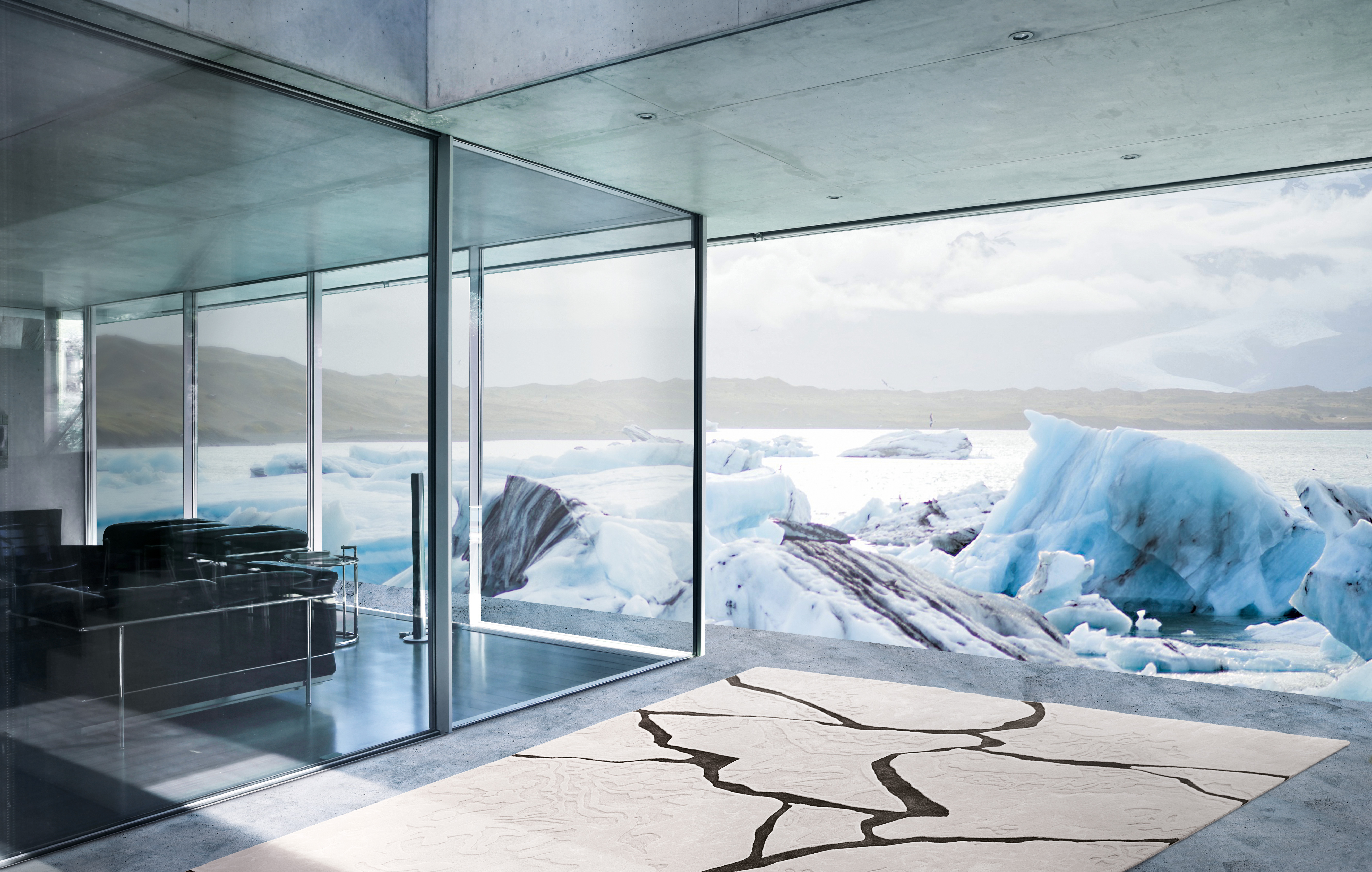 China’s design footprint evolves with a new Beijing showcase
China’s design footprint evolves with a new Beijing showcase -
 Top 9 Chinese designers at Design Shanghai
Top 9 Chinese designers at Design Shanghai -
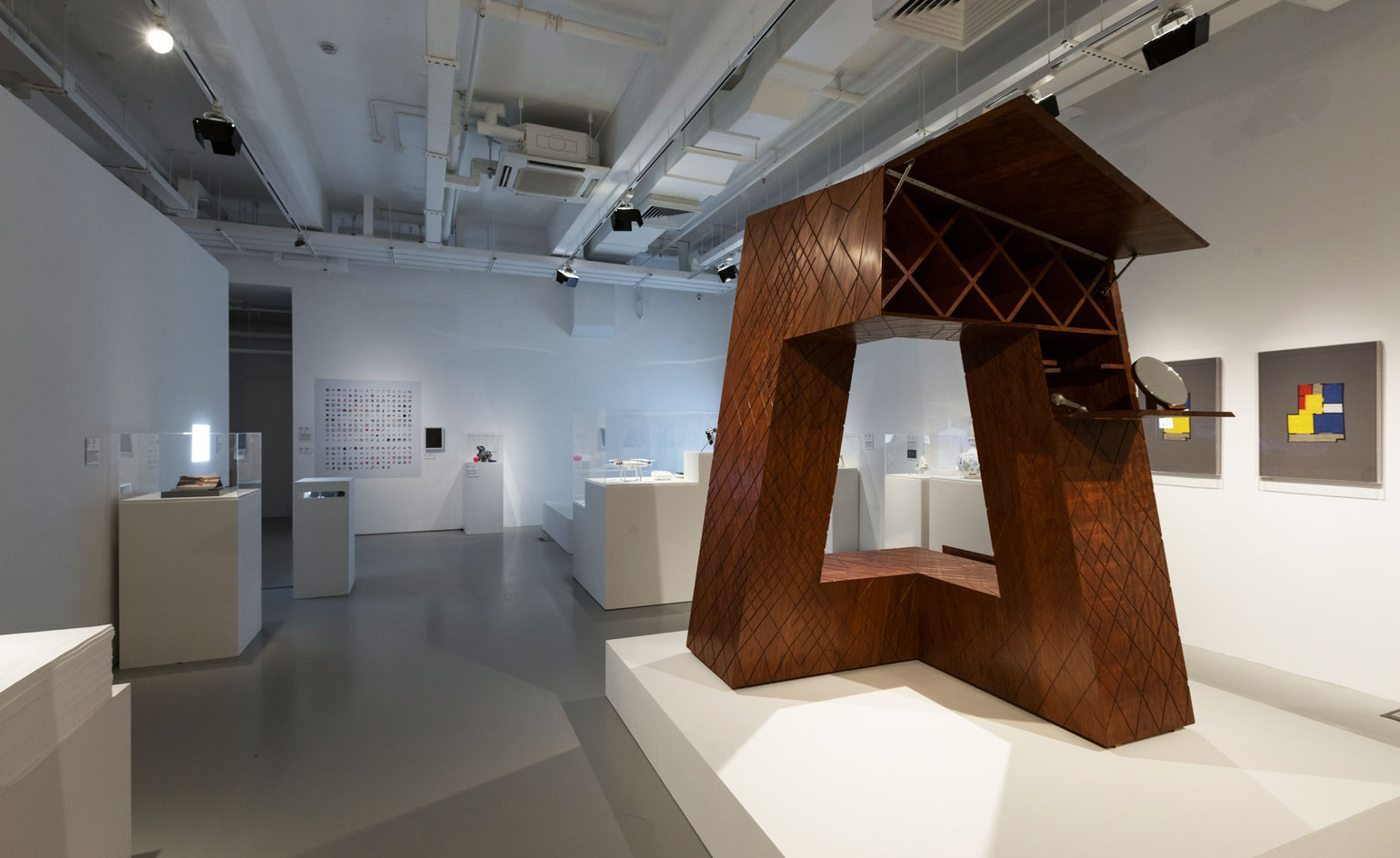 Shifting perspectives: from Nendo to Naihan Li, a survey of Asian design opens at M+ Hong Kong
Shifting perspectives: from Nendo to Naihan Li, a survey of Asian design opens at M+ Hong Kong -
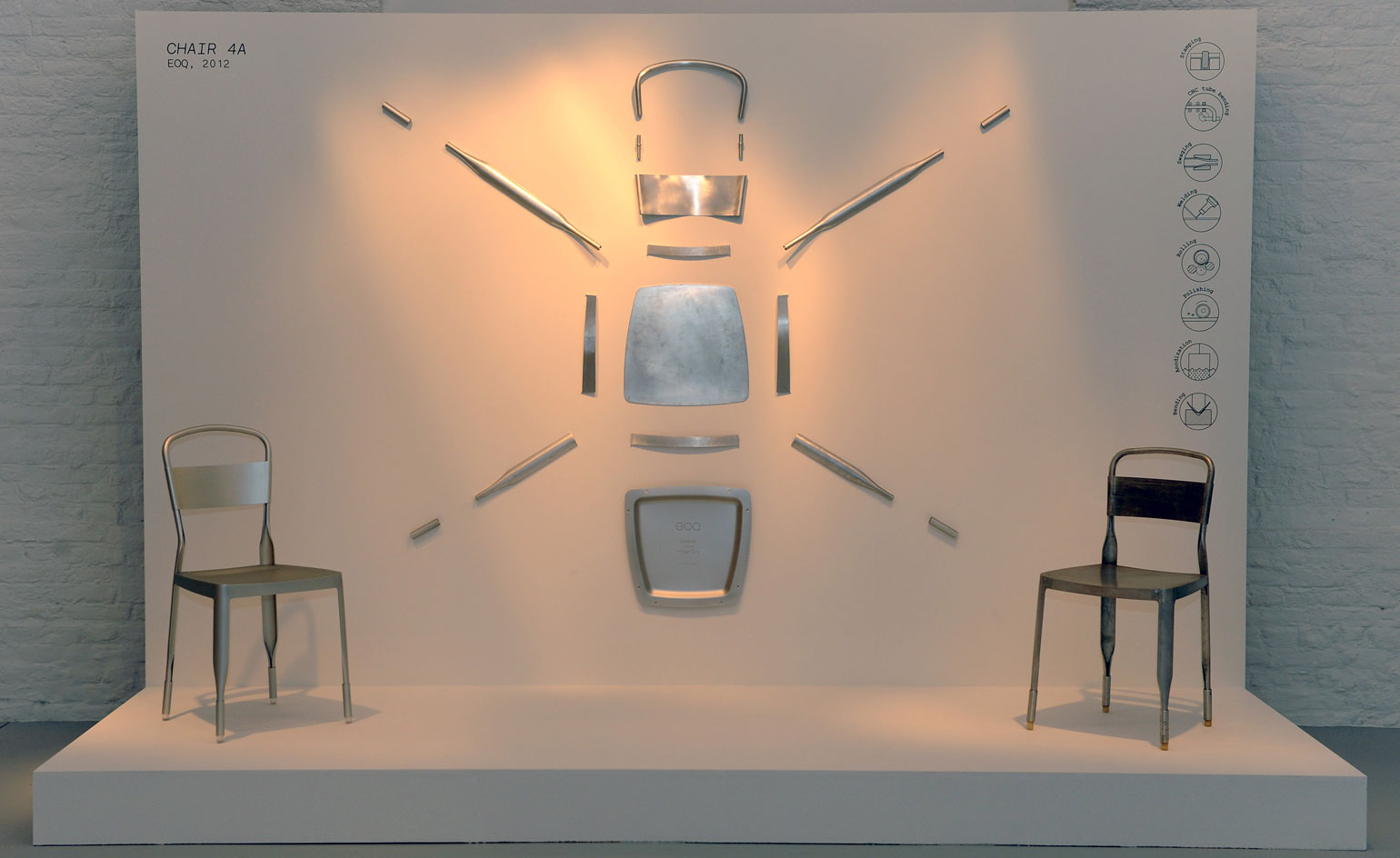 Metallic moments: Michael Young presents the evolution of aluminium
Metallic moments: Michael Young presents the evolution of aluminium -
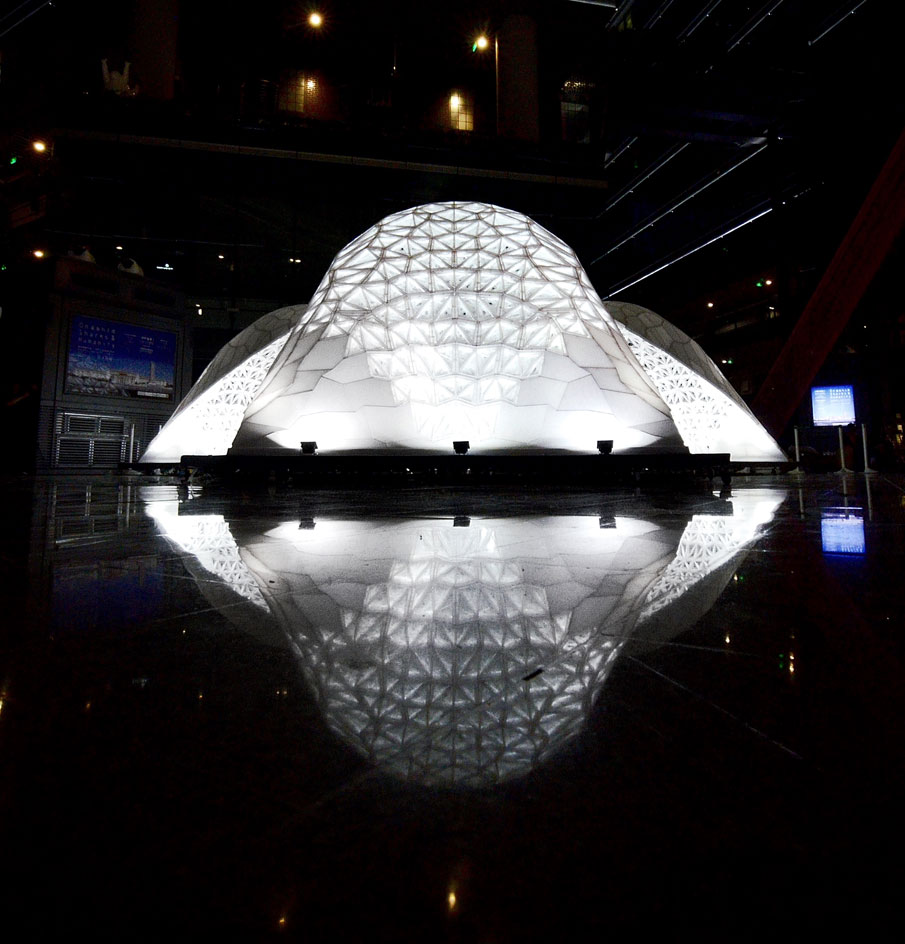 Integrated design: Beijing Design Week celebrates hutong life
Integrated design: Beijing Design Week celebrates hutong lifeBeijing Design Week celebrates hutong life